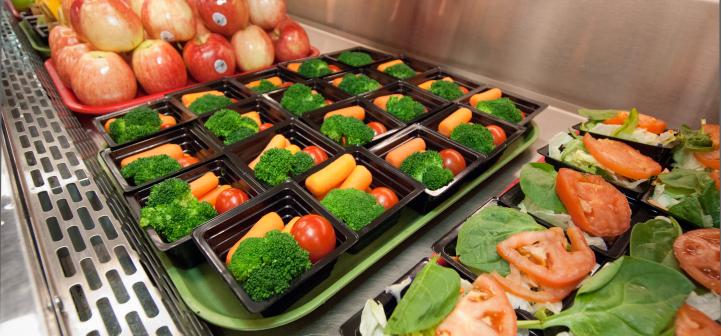
Cornell University’s Smarter Lunchrooms Movement works to apply principles from behavioral economics to school lunchroom environments. Because individuals, including students, are influenced by their surroundings, behavioral theory can be applied to encourage healthier behaviors even in school lunchrooms.
Research in behavioral economics examines how social, cognitive, and emotional factors effect
economic decisions. Findings of this research identified seven key factors that affect our choices:
- price
- appearance
- convenience
- information
- state of mind
- habit
- expectations
Understanding these factors can help design a school lunchroom to create an environment or social situation that leads an individual to make a particular choice, in this case a healthier food choice. This environmental manipulation is called “choice architecture.” Most remarkably, consumers often don’t even realize that they are being influenced!
The BEN Center’s research shows how making simple, low-cost or no-cost changes in the lunchroom, such as improving visibility and convenience of fruits and vegetables, can encourage children to make healthier choices.
For More Information
Hot or Cold? How State of Mind Influences Choice
Quick and Inexpensive Lunchroom Makeover Ideas
Contributor
Katherine Baildon, Cornell Center for Behavioral Economics in Child Nutrition Programs
Source
“Behavioral Economics in Food Choices and the Smarter Lunchrooms Movement.” Cornell Center for Behavioral Economics in Child Nutrition Programs. Smarter Lunchrooms: Introduction to Behavioral Economics Powerpoint
Photo by usdagov / CC BY http://creativecommons.org/licenses/by/2.0/
